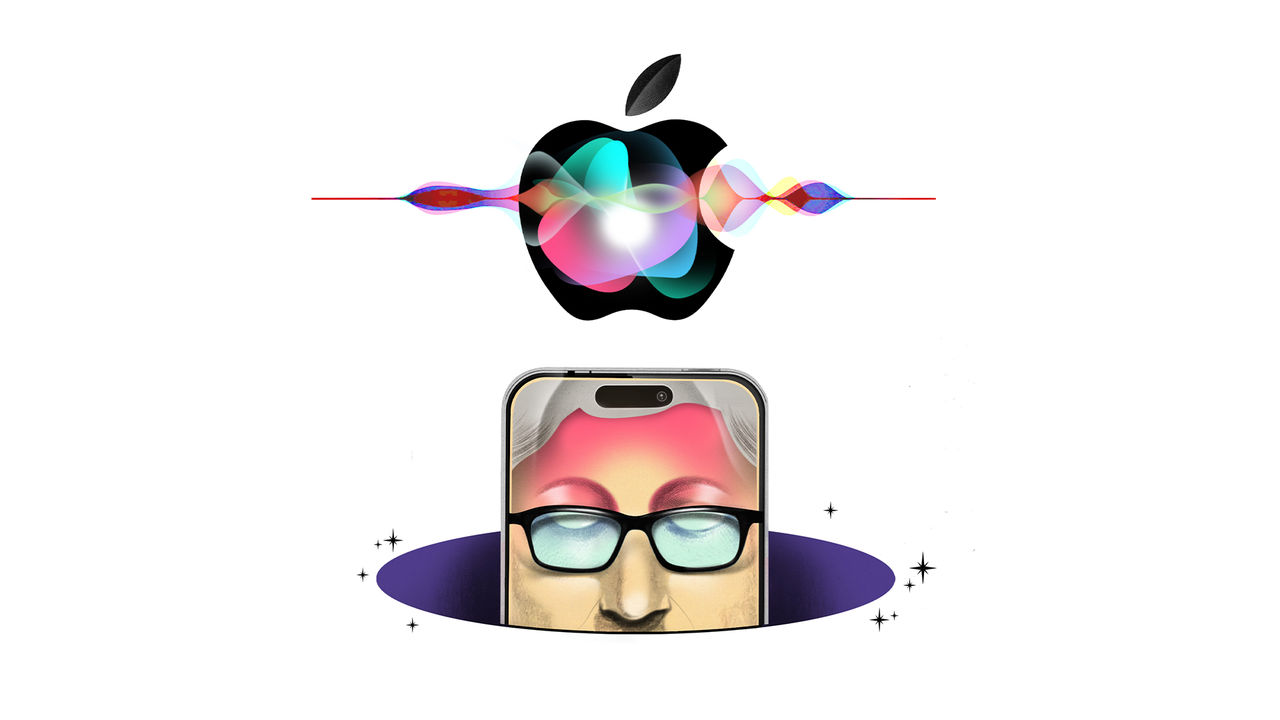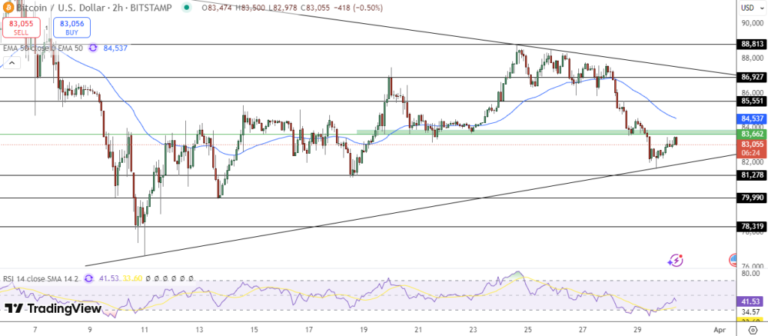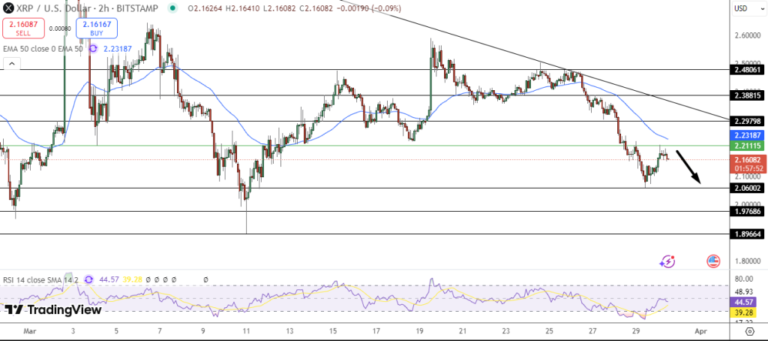
Your browser does not support the <audio> element.
Tim Cook has an air of bashful reverence. In his 13 years at the helm of Apple he has created more value than just about any CEO in history, as the tech behemoth’s market capitalisation has climbed from less than $400bn to around $3trn. But he still acts as if he were there thanks to the grace of Steve Jobs, or the skill of his colleagues, or divine providence. It was in character, then, that when he took to the stage at the iPhone-maker’s annual developers’ gathering on June 10th, he first greeted the cheering throng by clasping his hands together, as if in prayer. He probably would not admit this, but there was plenty to pray for.
Apple was suffering one of its periodic bouts of investor angst. Call it the curse of the missing mojo. In the previous 18 months Wall Street convinced itself—as it had a few times since Jobs died in 2011—that the creative spark bequeathed by Apple’s Promethean co-founder had finally sputtered out. Behind that is a real problem: sales of the iPhone, which account for half of Apple’s revenues, are slowing. But there is a perception problem, too. Apple’s aloof response to the euphoria over generative artificial intelligence (AI) cost it its crown as the world’s most valuable company, which it lost to its one-time nemesis, Microsoft. To make matters worse, the market value of Nvidia, maker of chips that power generative-AI tools, this month briefly overtook that of Apple. Its boss, Jensen Huang, is treated like the second coming of Jobs.
Two questions thus hung over Apple in the run-up to the developers’ conference. Would it come up with a generative-AI strategy convincing enough to win over the sceptics? And could this be sufficiently compelling to reboot iPhone sales? It is just a hunch, but on both counts Mr Cook earns the benefit of the doubt. Apple’s market value is up by 10% since his communion moment and, at $3.3trn, within a whisker of Microsoft’s. For the time being, the iPhone looks likely to survive and thrive in the generative-AI era.
The smartphone is an intimate thing. It goes wherever you go, contains your most precious memories, chronicles your love life, keeps your health and financial records, follows you around the web and, via its camera and microphone, can see and hear whatever you do. Part of Apple’s bargain with users is that they pay a lot of money to keep that information private and secure. Since the arrival of OpenAI’s ChatGPT in late 2022, Mr Cook and Apple have faced the conundrum of how to maintain that privacy while training generative-AI models to behave like a personalised concierge.
The response is “Apple Intelligence”, an attempt to make generative AI consumer-friendly in a way uniquely suited to users of the iPhone and other Apple devices. Siri, Apple’s perennially clunky voice-assistant, gets a makeover; if all goes well (there were no live demos), it will now act like a cross between your PA, who can handle a series of tasks on your behalf, and your ten-year-old kid, who can tell you how to make use of the iPhone’s latest features. To enable that, its operating systems will allow Siri to range across your apps (where it is enabled), your photos, your calendar and other contextual parts of your digital life to find information uniquely useful to you. Crucially, that information will remain, Apple promises, mostly in its own domain.
Instead of spending a fortune reproducing the all-knowing large language models (LLMs) and vast AI infrastructure of its peers, Apple is taking a more tailored approach. Its models will run on its own devices or, if more computing muscle is needed, its own data centres. They will use Apple-designed semiconductors. That gives the firm control not just of safety but of quality; the larger the model, the greater the danger of embarrassing mistakes.
For users who want more souped-up capabilities, such as advice on how to plant a garden, or a personalised bedtime story, it has struck a deal with OpenAI to provide free access to the latest version of ChatGPT. It did not disclose the financial arrangements. It will not be an exclusive relationship; Apple may in future use other LLMs, such as Alphabet’s Gemini. In a nod to privacy, users will have to consent to each query—a process that could become mind-numbingly boring (think ChatGDPR). Apple’s hope is that for their everyday needs, its customers will mostly get by with its own AI. The fact that so much of what is really useful to them resides on its devices could be its killer app.
For now, users are probably less hyped up about generative AI than investors are. It was telling at the developers’ conference (where mathematicians are overrepresented) that the loudest cheers came when Apple announced that it was at last adding a calculator to the iPad. That had nothing to do with Apple Intelligence. The loudest groans came when it unveiled a generative-AI feature allowing users to create superhero emojis of their mums.
But as the saying goes, in the early days people wanted faster horses, not cars. The better generative-AI services become, the more users might be drawn to them. Samsung, Apple’s biggest smartphone rival, has marketed the Galaxy S24 Ultra, its latest model, as a gateway to “mobile AI”. Microsoft and others are promoting “AI PCs”. Apple’s AI features, when eventually rolled out, will be able to run on the most-recent iPhone 15 Pro, and Macs with the latest M-series of Apple chips, but earlier models will not be powerful enough. That could provide impetus for owners of old devices to upgrade, reinvigorating sales growth.
Are you Siri-ous?
Perhaps when the supercharged Siri is unleashed on the world, it will be a laughing stock. ChatGPT, Gemini and other general-purpose LLMs may become so much better that Apple will rue not building one of its own. But for now Mr Cook appears to have repeated an Apple speciality: not by being the first to embrace a technology, but by being the first to try to use it to fire up the consumer’s imagination. He must pray the gods of AI are listening. ■
If you want to write directly to Schumpeter, email him at schumpeter@economist.com
To stay on top of the biggest stories in business and technology, sign up to the Bottom Line, our weekly subscriber-only newsletter.


















